El árbol de la vida y la abundancia

Vista general de exposición | General view of exhibition. Ph Sofía Toscano
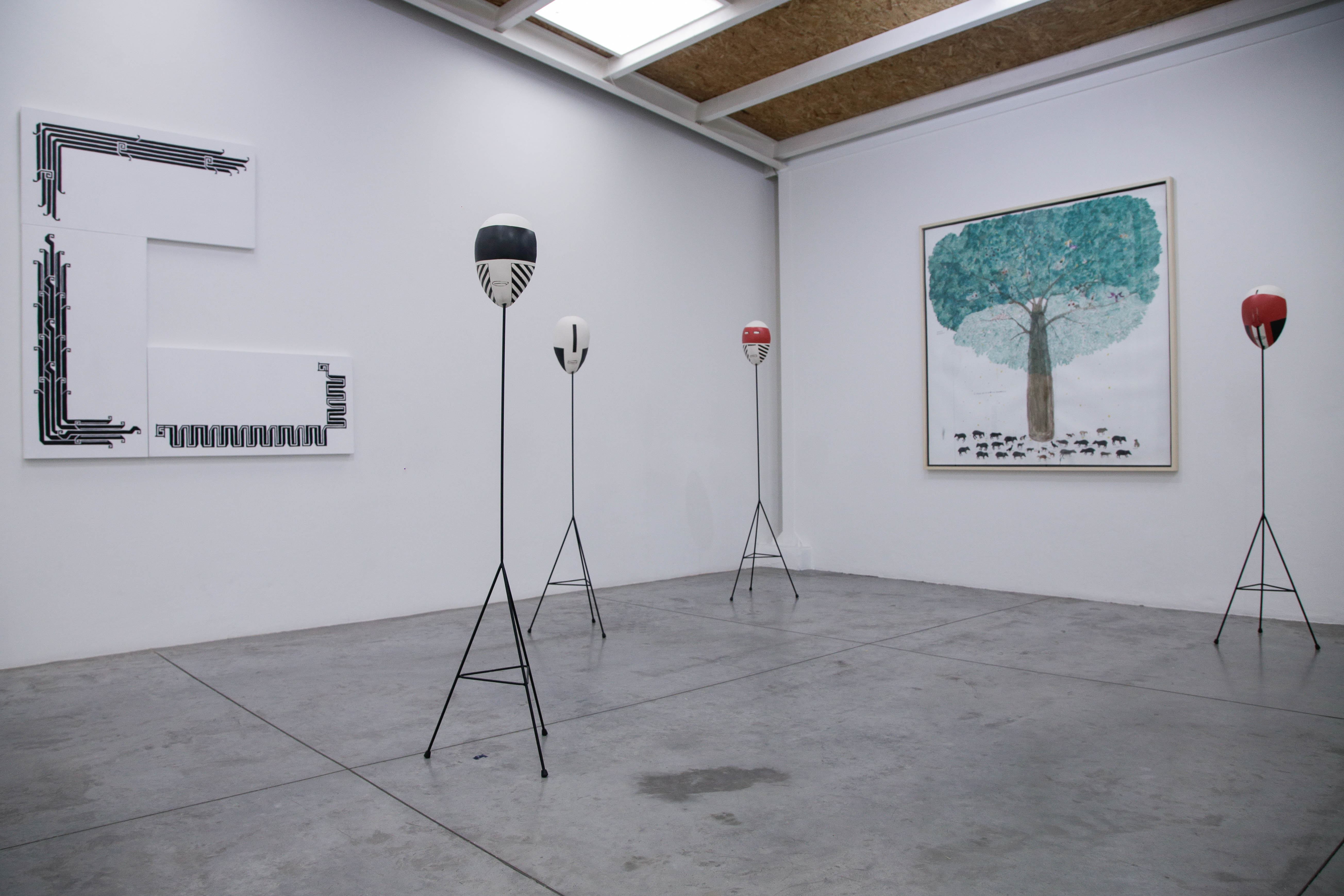
Vista general de exposición | General view of exhibition. Ph Sofía Toscano
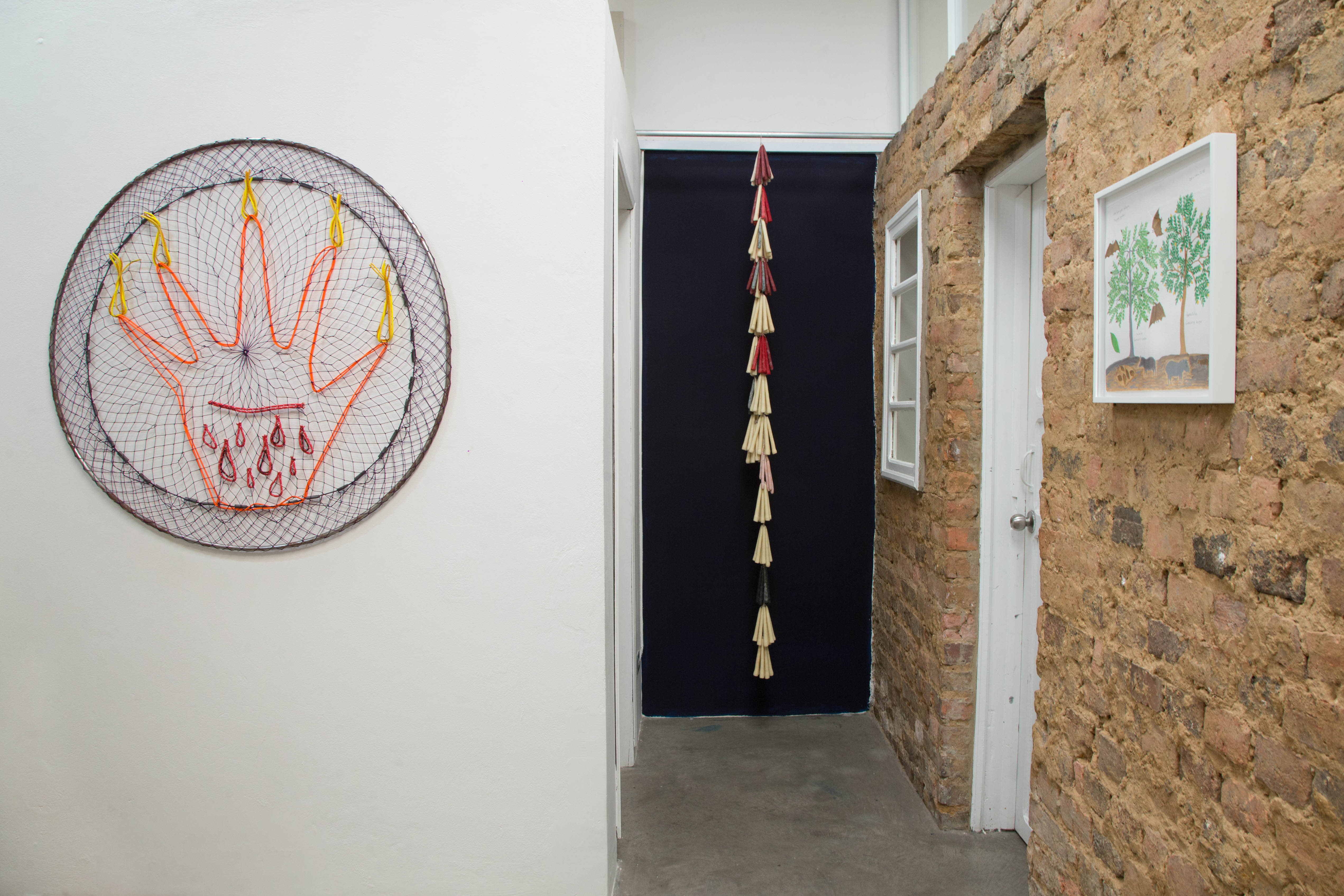
Vista general de exposición | General view of exhibition. Ph Sofía Toscano
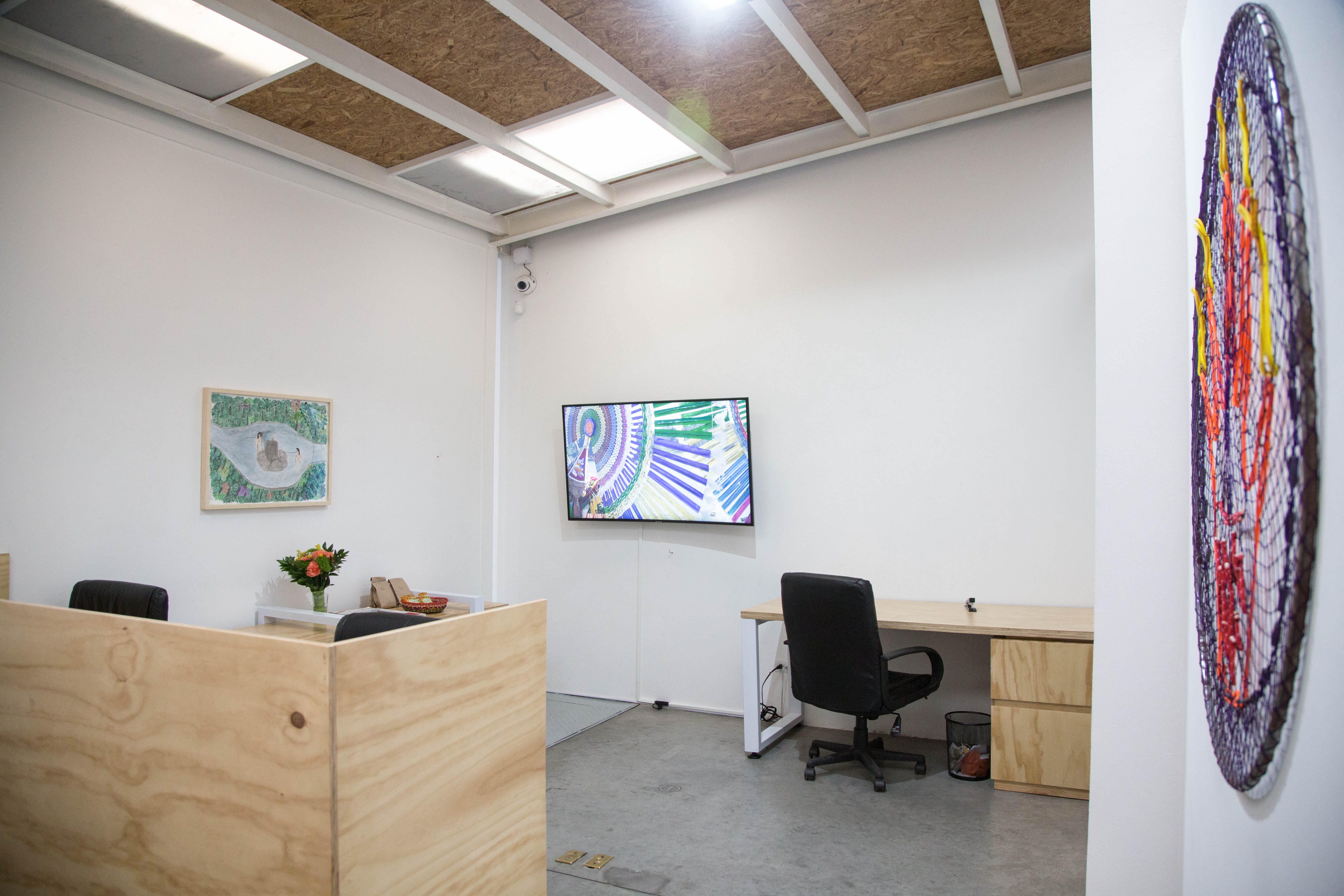
Vista general de exposición | General view of exhibition. Ph Sofía Toscano
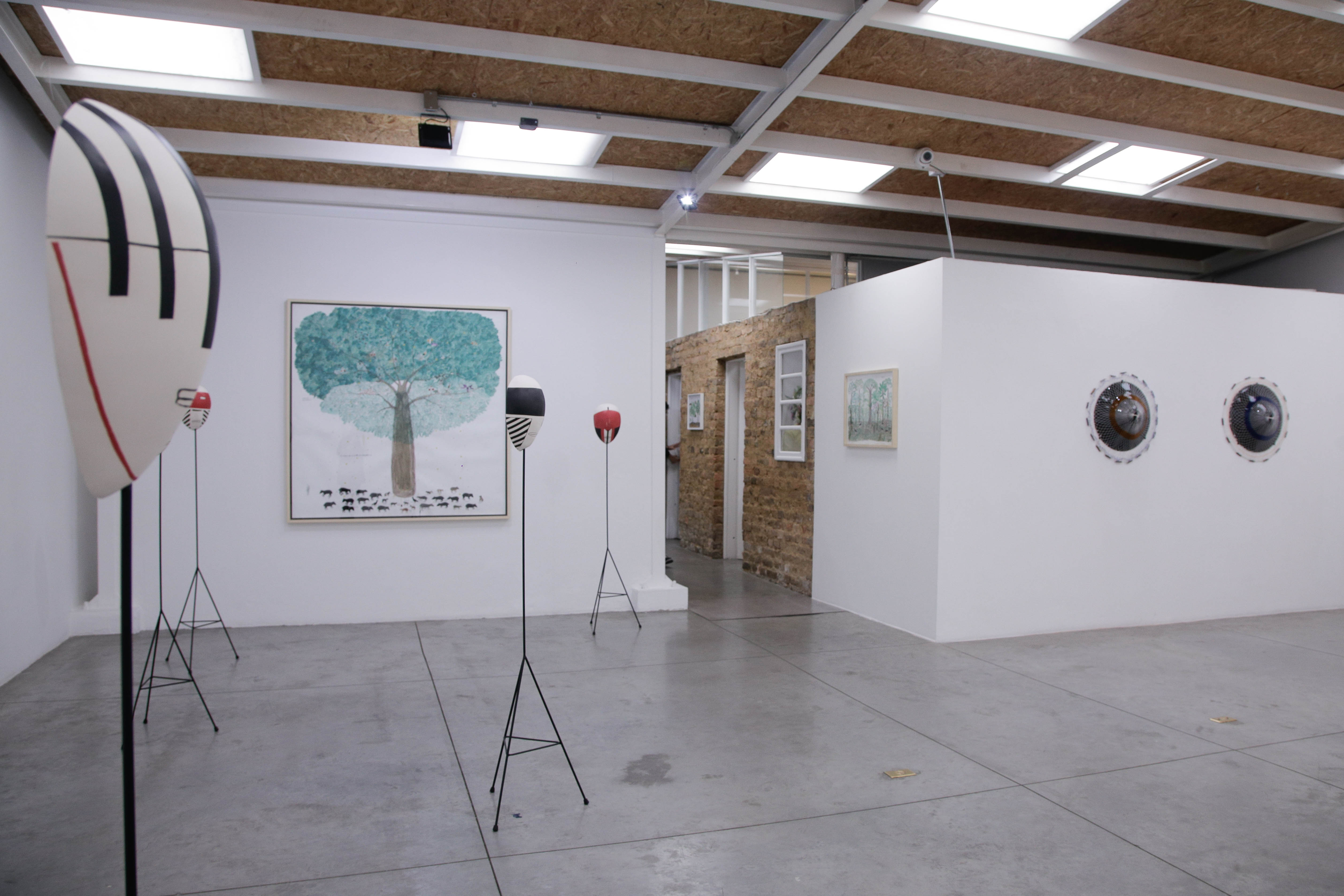
Vista general de exposición | General view of exhibition. Ph Sofía Toscano
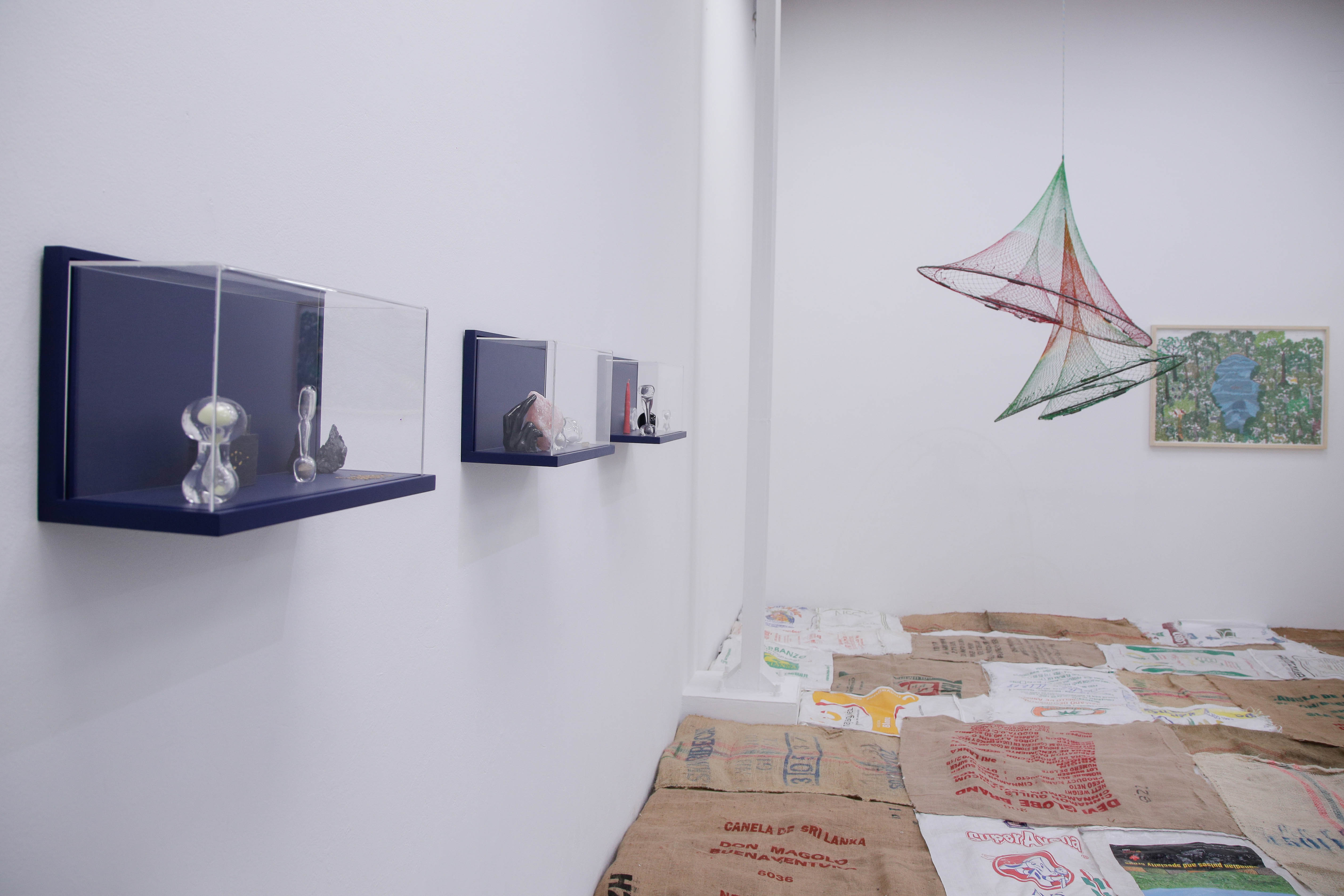
Vista general de exposición | General view of exhibition. Ph Sofía Toscano
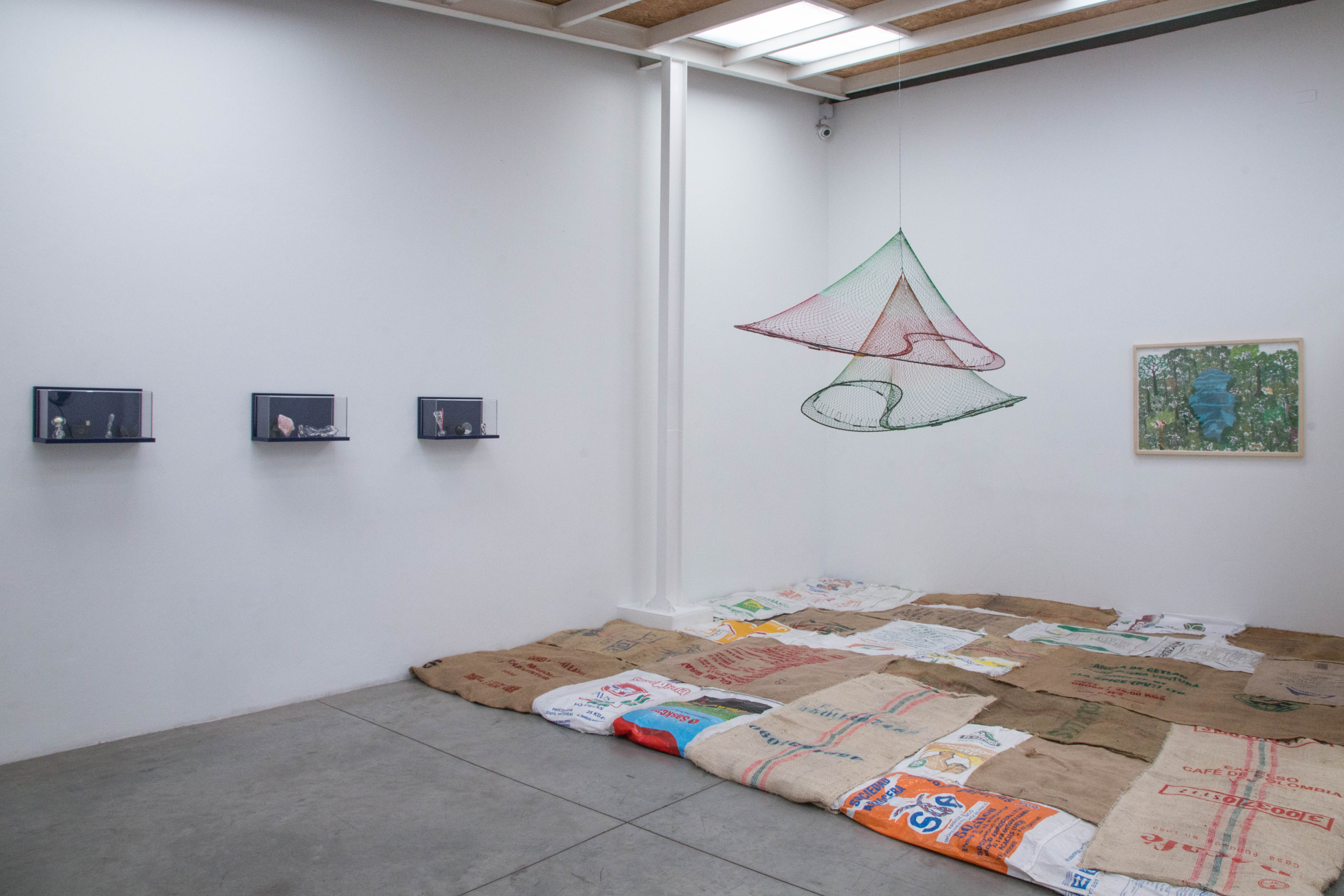
Vista general de exposición | General view of exhibition. Ph Sofía Toscano
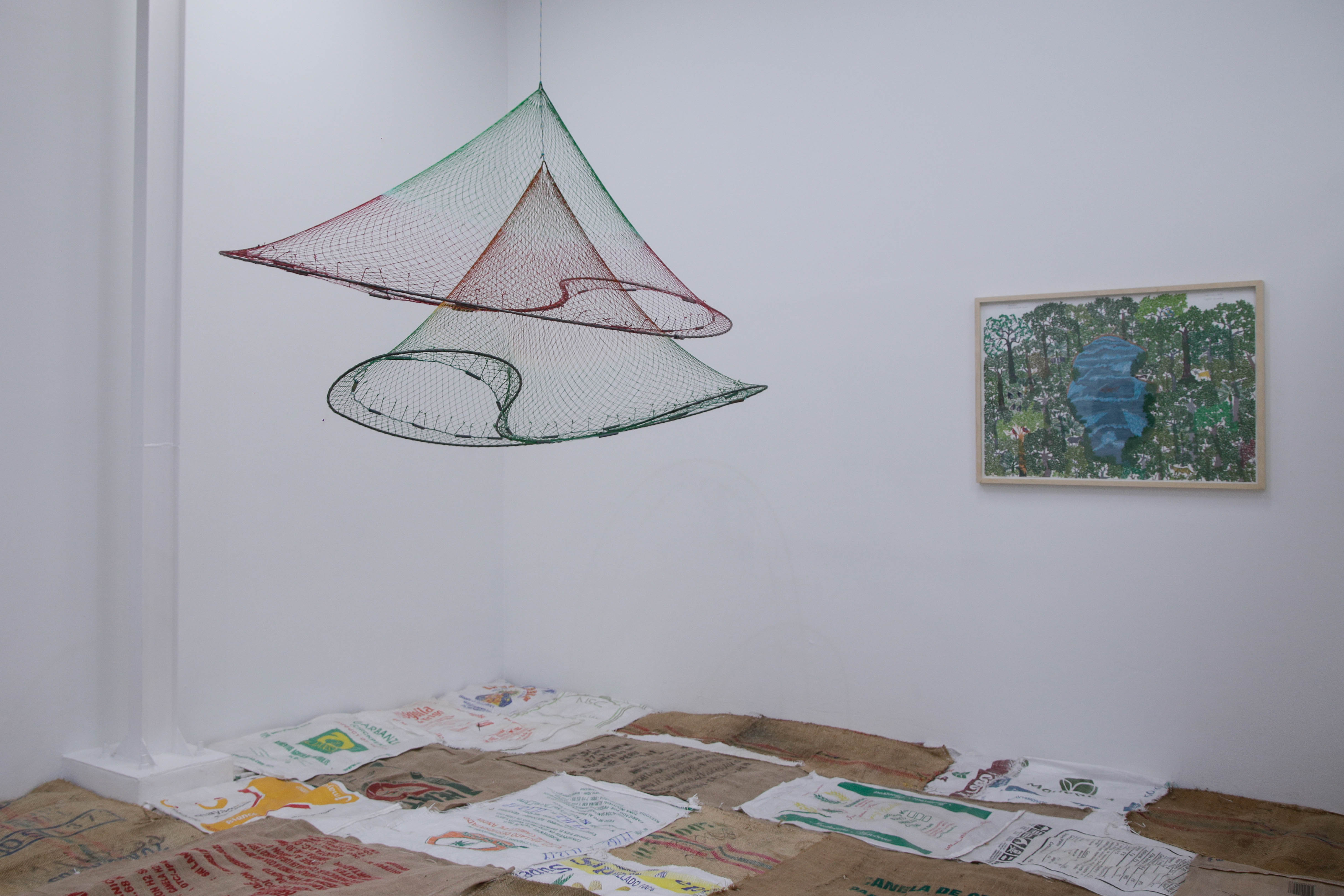
Vista general de exposición | General view of exhibition. Ph Sofía Toscano
El árbol de la vida y la abundancia, dibujo de Don Abel Rodríguez que representa el mito fundacional del pueblo Nonuya, puede ser entendido como un plano arquitectónico que permite comprender el espacio poético de la
existencia de su nación. Toda construcción humana responde a las necesidades de un tiempo, un lugar y una cultura propios y permite que se manifieste el tejido simbólico de cada sujeto que la habita. En esta medida, el árbol de la vida y la abundancia ilustra las instrucciones que se expresan en el mito. Instrucciones que le permiten al hombre no solo seguir las reglas de convivencia con los otros humanos, sino con todo el mundo natural.
A través de los años y el trabajo conjunto, Don Abel ha trasmitido su conocimiento a su hijo Wilson, quien participa de esta exposición evidenciando este generoso proceso de entrega y nutrición. En La obra de Carolina Caycedo, el Agua como una entidad metafísica cuya manifestación material es fundamental para la existencia de todos los seres.
Los sistemas hídricos son universos complejos que se rigen por sus propias reglas y generan culturas y sociedades particulares alrededor de cada uno. En la mayoría de las alegorías de las culturas originarias americanas, el agua
expresa el poder femenino que todo lo cuida y adquiere cualidades sanadoras. Si estos sistemas hídricos son alterados, las consecuencias se revelan en todas las dimensiones físicas y espirituales. En Colombia, por ejemplo, los
grandes desplazamientos forzados están relacionados con la construcción de represas hidroeléctricas. Los costales, en este caso, se convierten en un documento que permite rastrear la tensión entre lo rural y lo industrial, los frutos que da la tierra y los productos en que se convierten. A partir de un palimpsesto creado con un tramado de costales, Carolina propone una lectura simultanea y atemporal de la realidad del campo y su relación con la ciudad.
Los relojes de vidrio hablan de la urgencia de rectificar el comportamiento de los sujetos contemporáneos con el agua y sus recursos. En vez de arena, estos objetos que también pueden ser entendidos como amuletos, contienen
metales y químicos que son usados en la pesca industrial y en la extracción de metales preciosos como oro y plata.
El lenguaje es una de las constantes en el trabajo de Tania Candiani, en esta ocasión, esta inquietud se manifiesta en el video en el que se escuchan 40 maneras de nombrar la dimensión acuáticas en leguas originarias mexicanas. La historia prehispánica dentro de la obra de Candiani, participa de manera estratégica para crear conexiones entre el mundo poético y la idea de modernidad, entendida como táctica organizadora y no como modelo histórico.
Pensamiento ancestral, modernidad, progreso, mito son algunos de los conceptos que esta exposición pretende explorar a la vez que propone un modelo en que el universo se entiende como un continuo movimiento entre polaridades.
La mirada hace parte esencial en esta muestra, en la que los objetos están presentes y atentos. Desde el fondo del río, evoca la presencia del río que es consciente de su actividad y de la existencia de los otros que lo habitan y lo usan. Son esos ojos de la naturaleza que están pendientes y alerta. En estos momentos en que el equilibrio es tan frágil, las entidades naturales están reaccionando y provocando un cambio en los paradigmas de cómo anidarse en este mundo.
Las geometrías de la resistencia se inspiran en la pintura corporal que han usado los habitantes originales de las Américas y que últimamente se han hecho más visibles gracias a las acciones de los guardianes de los territorios sagrados, como la selva amazónica. Estas pinturas cosméticas y cósmicas a la vez, también están siendo usadas por los activistas que deben proteger su identidad de las cámaras de reconocimiento facial usadas por los estados totalitarios.
Las obras de Carolina, Tania, Abel y Wilson participan de un ritual en el que se revela la urgencia por despertar, a través de la celebración alegórica, fuerzas y conciencias que activan la relación de las personas con el mundo natural y con su propia naturaleza. El mito, la acción de gracias, la limpia, la pesca, el baile, son acciones que consagran el eterno retorno del tiempo y ponen de manifiesto el pensamiento mágico que mantiene todos los elementos en armonía. Y es esta armonía la solución a la crisis sistemática que nos reta, pero también nos inspira.
fabric of every subject that inhabits it. To this extent, the Tree of Life and Abundance illustrates the instructions expressed in the myth. Instructions that allow man not only to co-habit with other humans, but with the entire natural world. Through the years and collaborative work, Don Abel has transmitted his knowledge to his son Wilson, who participates in this exhibition demonstrating
this generous process of surrender and nutrition.
In Carolina Caycedo’s work, Water appears as a metaphysical entity whose material manifestation is fundamental to the existence of all beings. Water systems are complex universes governed by their own rules that generate particular cultures and societies.
In most allegories of Native American cultures, water expresses the feminine power that looks after everything and that acquires healing qualities. If these water systems are altered, the consequences appear in all physical and spiritual dimensions. In Colombia, for example, large population displacements are related to the construction of hydroelectric dams. In the work Everything that enters, everything that comes out, the sacks become a document that allows to track the tension between the rural and the
industrial, the fruits that the land gives and the products they become. From this palimpsest created with a plot of sacks, Carolina proposes a simultaneous and timeless reading of the reality of the countryside and its relationship with the city.
The glass clocks refer to the urgency of rectifying the behavior of contemporary subjects in relation to water and other resources. Instead of sand, these objects that could also be understood as amulets, contain metals and chemicals that are used in industrial fishing and in the extraction of precious metals such as gold and silver.
Language is one of the transversal interest in the work of Tania Candiani. In this case, this concern is manifested in the video in which 40 ways of naming the aquatic dimension in Mexican native languages are heard. Within Candiani’s work, Pre-Hispanic history participates strategically to create connections between the poetic world and the idea of modernity, understood as an organizing tactic rather than as a historical model.
Ancestral thinking, modernity, progress, myth are some of the concepts that this exhibition intends to explore while proposing a model in which the universe is understood as a continuous movement between polarities.
The gaze is an essential part of this exhibition, in which the objects are present and attentive. From the bottom of the rive evokes the presence of a river that is aware of its activity and of the existence of others who inhabit and use it. They are the eyes of nature that are pending and alert. In these times when balance is so fragile, natural entities are reacting and causing a change in the paradigms of how to nest in this world.
Geometries of resistance are inspired by the body paint used by the original inhabitants of the Americas and that have lately become more visible due to the actions of the guardians of the sacred territories, such as the Amazon rainforest. These cosmetic and cosmic paintings are also being used by activists who must protect their identity from the facial recognition cameras used by totalitarian states.
The works of Carolina, Tania, Abel and Wilson participate in a ritual that reveals the urgency to awaken, through an allegorical celebration, forces and consciences that activate the relationship of people with the natural world and with their own nature. . The myth, thanksgiving, cleansing, fishing, dancing, are actions that enshrine the eternal return of time and highlight the magical thinking that keeps all the elements in harmony. And this harmony is the solution to the systematic crisis that challenges us.